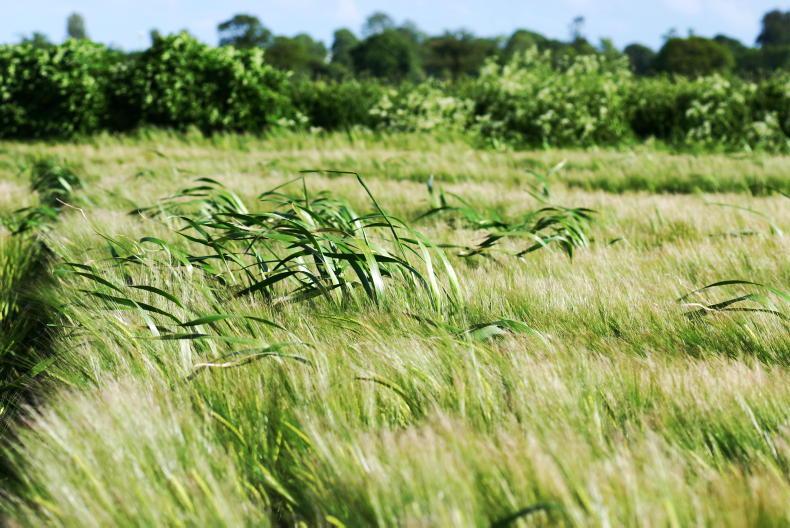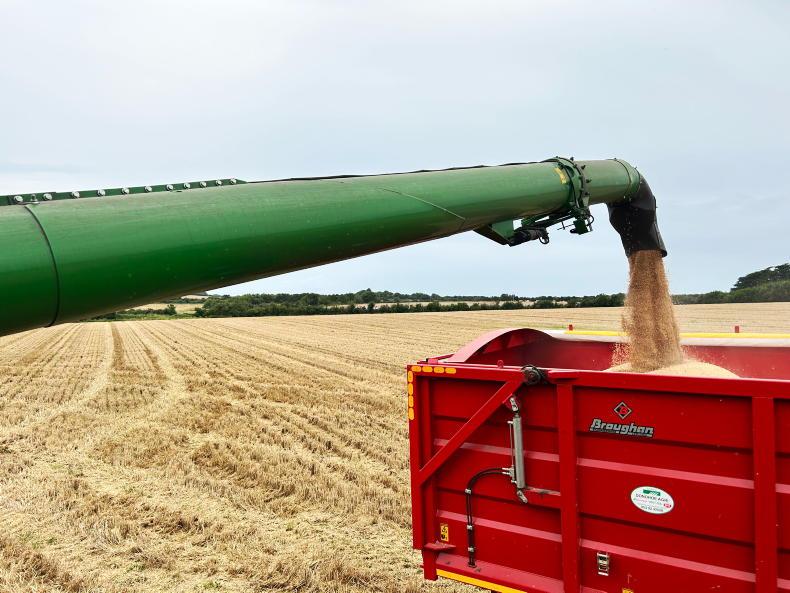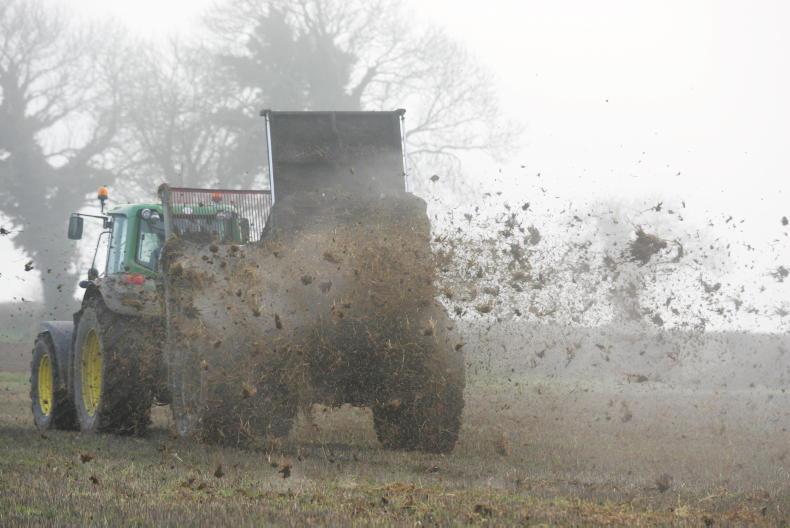The past few days have made it easier to get work done in the fields as dry weather has prevailed. This dry weather should also help to keep disease under some control.
However, disease is prevalent in many crops and needs to be stopped and prevented.
Some farmers are no doubt looking at crops that look somewhat under stress from late sowing, so nutrition and bio-stimulants like seaweed might be a good addition to these crops.
Spring barley ranges from emerging to flag leaf across the country. Aphicide at this stage of the year in warm temperatures is advised. Weeds will be slower to come up in the drier weather. Keep an eye out for disease when applying herbicide and consider adding a fungicide with the herbicide spray. A strobilurin will be needed for net blotch.
If crops did not receive a wild oat herbicide with the broad-leaved herbicide then it should be applied three weeks after that herbicide.
For early-sown crops, awns peeping is the best time to apply the final fungicide to barley.
Folpet at 1.5l/ha is needed for ramularia control and as an anti-resistance strategy. An SDHI and a triazole should be used at this time. Alternate chemistry at the different timings.
Mangold fly is present in many beet crops. An aphicide can be applied. Some beet crops are well established, while others are only planted.
The dry weather will slow down weed emergence. Keep in touch with your agronomist on weed control. You may need to split herbicide applications.
If you have smart beet crops on the farm which allow wild beet to be controlled, then be sure to keep tanks clean. Conviso One herbicide, which is used on smart beet cannot be used on standard crops.
If beans have not yet been sprayed, then keep an eye out for chocolate spot and downy mildew – you may need to go earlier with this fungicide. April sown beans look to be escaping the chocolate spot pressure that early-sown crops have, which was likely caused by the wet March.
Crops are at very different stages across the country. Some are due their second growth regulator while others are heading for the final fungicide.
Blackgrass has not gone away, or any problem grass weeds like brome and wild oats. Grass weeds are now visible in many winter crops and will continue to appear. Walk crops and pull weeds where they are in small numbers. Cover the seed head with a plastic bag to avoid seeds spreading. If infestations are bad and seeds have not yet gone to seed then you should spray off with glyphosate or cut and then spray off with glyphosate when the weeds start to grow again.









SHARING OPTIONS